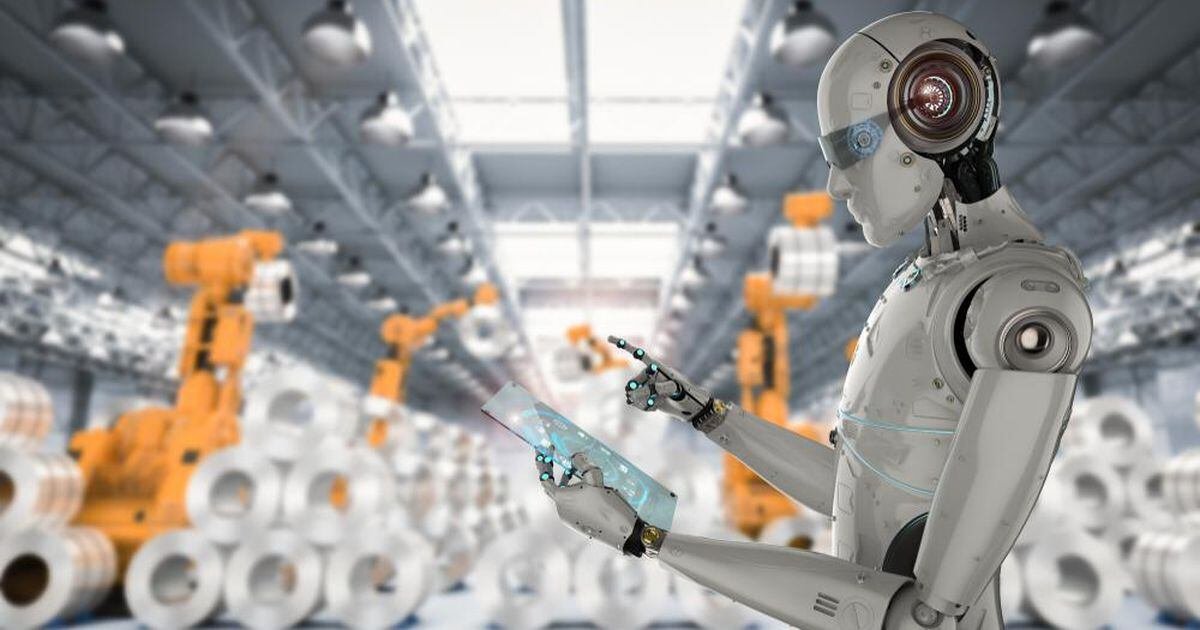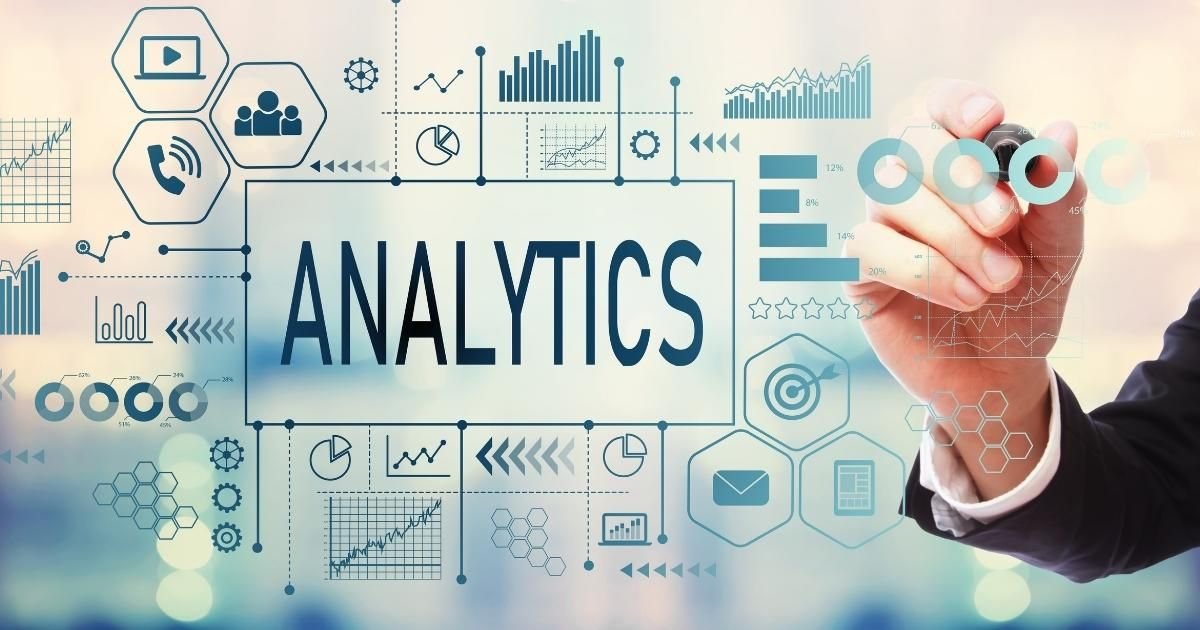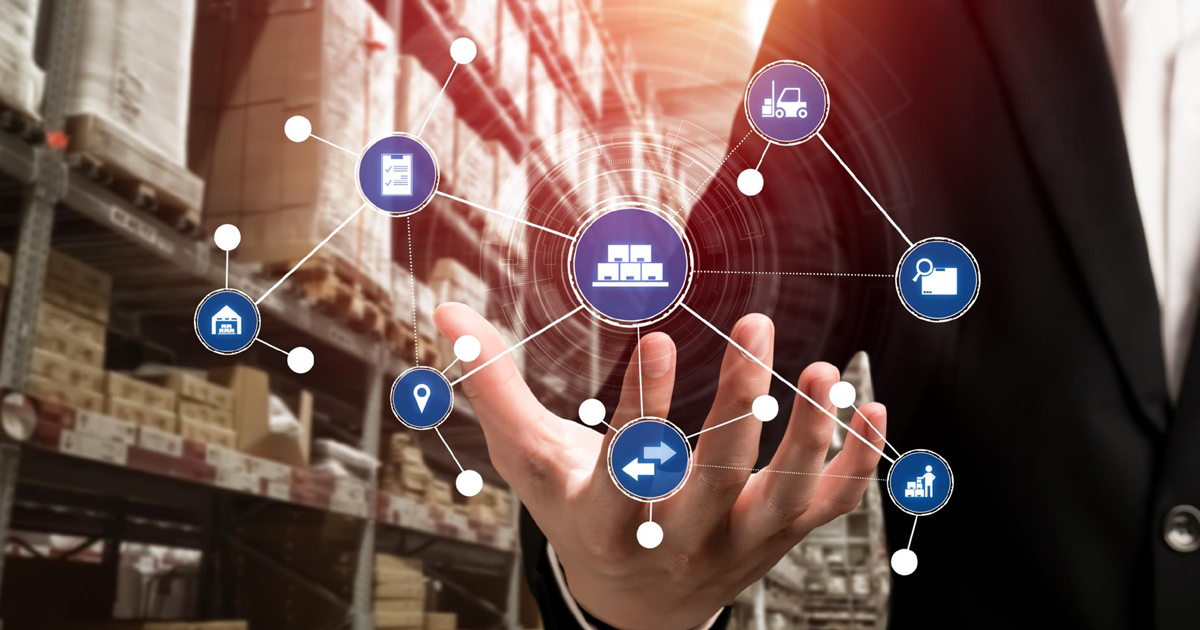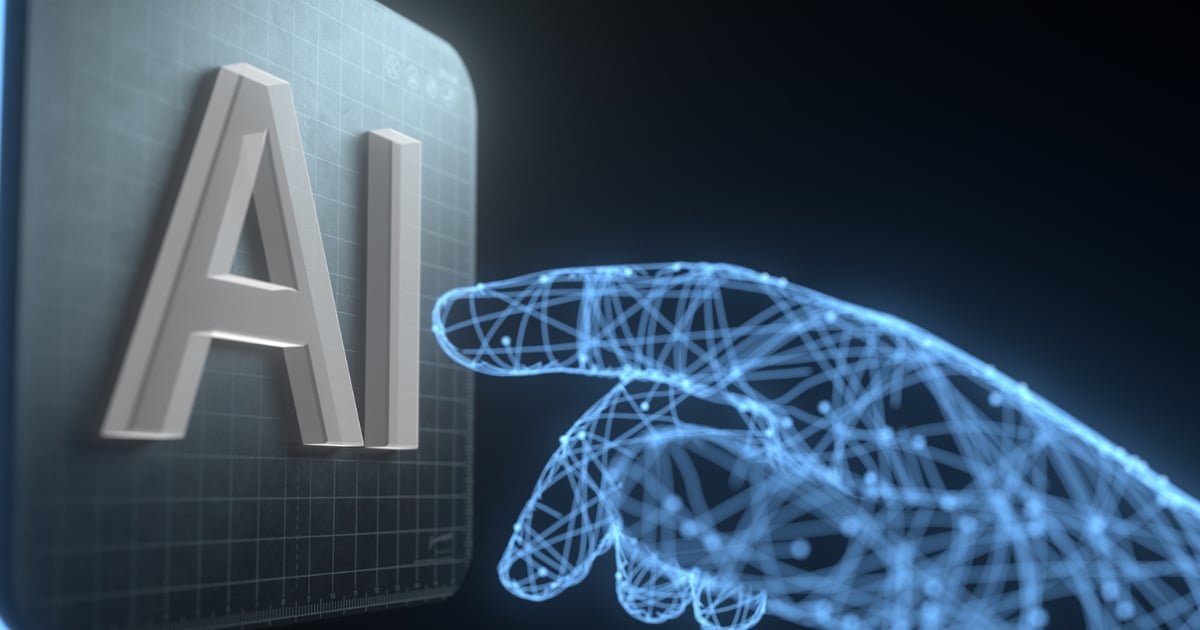The Future of AI in Industrial Automation: Trends Shaping Tomorrow’s Factories
The integration of Artificial Intelligence (AI) into industrial automation is no longer a futuristic concept—it’s a present-day reality that’s transforming how industries operate. From predictive maintenance to smart manufacturing, AI is revolutionizing the industrial landscape, driving efficiency, reducing costs, and enabling unprecedented levels of productivity. As we look ahead, the future of AI in industrial automation promises even more groundbreaking advancements. Here are the key trends shaping this exciting future.
AI-Powered Predictive Maintenance
One of the most significant contributions of AI in industrial automation is predictive maintenance. Traditional maintenance practices often rely on scheduled check-ups or reactive repairs, which can lead to unexpected downtime and costly disruptions. AI, however, leverages machine learning algorithms and IoT sensors to monitor equipment in real-time, predicting potential failures before they occur.
In the future, predictive maintenance will become even more sophisticated. AI systems will not only identify issues but also recommend optimal solutions, schedule repairs autonomously, and even order replacement parts. This will minimize downtime, extend equipment lifespan, and significantly reduce operational costs.
Autonomous Robots and Cobots
Robots have long been a staple in industrial automation, but the future lies in autonomous robots and collaborative robots (cobots) powered by AI. Unlike traditional robots that follow pre-programmed instructions, AI-driven robots can adapt to dynamic environments, learn from their experiences, and perform complex tasks with precision.
Cobots, designed to work alongside humans, will become increasingly common in factories. Equipped with advanced computer vision and natural language processing capabilities, these robots will enhance human productivity, improve safety, and take on repetitive or hazardous tasks. The future will see cobots becoming more intuitive, capable of understanding human gestures and voice commands, and seamlessly integrating into workflows.
Digital Twins and Simulation
Digital twins—virtual replicas of physical assets, processes, or systems—are becoming a cornerstone of industrial automation. AI enhances digital twins by enabling real-time data analysis, simulation, and optimization. Manufacturers can use digital twins to test new processes, predict outcomes, and identify potential bottlenecks without disrupting actual operations.
In the future, AI-driven digital twins will become more advanced, offering hyper-accurate simulations and predictive insights. This will enable industries to optimize production lines, reduce waste, and accelerate innovation. For example, automotive manufacturers could use digital twins to simulate the impact of design changes on vehicle performance, saving time and resources.
AI-Driven Quality Control
Quality control is a critical aspect of manufacturing, and AI is taking it to the next level. Machine learning algorithms can analyze vast amounts of data from sensors and cameras to detect defects or anomalies in real-time. This ensures that only products meeting the highest quality standards reach the market.
In the future, AI-powered quality control systems will become more precise and efficient. They will be capable of identifying even the smallest defects, learning from past data to improve accuracy, and adapting to new product designs. This will not only enhance product quality but also reduce waste and improve customer satisfaction.
Smart Supply Chain Management
The industrial supply chain is becoming increasingly complex, but AI is helping to streamline it. AI algorithms can analyze historical data, market trends, and external factors to optimize inventory management, demand forecasting, and logistics. This ensures that materials and products are delivered at the right time, in the right quantities, and at the lowest cost.
Looking ahead, AI will play an even greater role in creating smart, self-optimizing supply chains. Predictive analytics will enable manufacturers to anticipate disruptions, such as raw material shortages or transportation delays, and proactively adjust their strategies. Blockchain technology, combined with AI, will also enhance transparency and traceability across the supply chain.
Human-Machine Collaboration
The future of industrial automation isn’t about replacing humans with machines—it’s about fostering collaboration between the two. AI will empower workers by providing them with real-time insights, actionable recommendations, and augmented reality (AR) tools to enhance decision-making.
For instance, factory workers equipped with AR glasses could receive step-by-step instructions overlaid on their field of view, enabling them to perform complex tasks with greater accuracy. AI will also facilitate upskilling, as workers learn to interact with advanced technologies and take on more strategic roles.
Sustainability and Energy Efficiency
As industries face increasing pressure to reduce their environmental footprint, AI will play a pivotal role in promoting sustainability. AI-powered systems can optimize energy consumption, reduce waste, and identify opportunities for recycling or reusing materials.
In the future, AI will enable industries to achieve net-zero goals by monitoring and controlling energy usage in real-time. For example, AI algorithms could adjust machinery settings to minimize energy consumption during off-peak hours or integrate renewable energy sources into production processes.
Edge AI for Real-Time Decision Making
Edge AI, which involves processing data locally on devices rather than in the cloud, is gaining traction in industrial automation. This approach reduces latency, enhances data security, and enables real-time decision-making—critical for time-sensitive applications like robotics and quality control.
In the future, Edge AI will become more prevalent, allowing factories to operate more autonomously and efficiently. Devices equipped with AI capabilities will process data on-site, enabling faster responses to changing conditions and reducing reliance on centralized systems.
Conclusion
The future of AI in industrial automation is bright, with innovations poised to redefine how industries operate. From predictive maintenance and autonomous robots to smart supply chains and sustainability, AI is driving a new era of efficiency, productivity, and innovation. As these trends continue to evolve, businesses that embrace AI will gain a competitive edge, positioning themselves at the forefront of the industrial revolution.
The key to success lies in adopting a forward-thinking approach, investing in AI technologies, and fostering a culture of collaboration between humans and machines. The factories of tomorrow will be smarter, greener, and more agile—thanks to the transformative power of AI.
By staying ahead of these trends, industries can unlock new opportunities, overcome challenges, and pave the way for a future where automation and intelligence go hand in hand. The question is no longer whether AI will shape industrial automation, but how quickly businesses can adapt to harness its full potential.





Post Comment